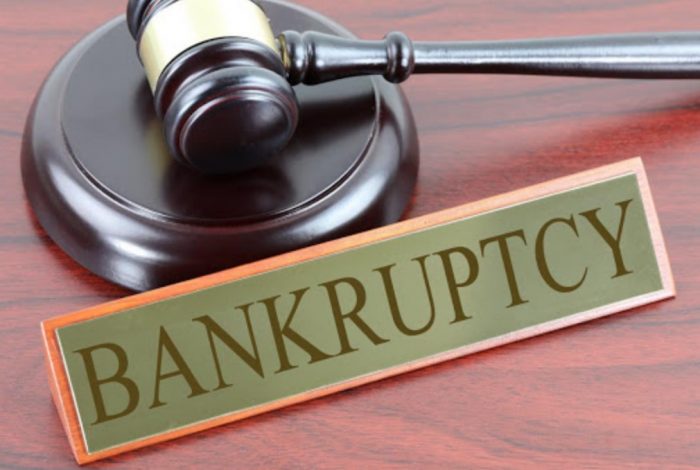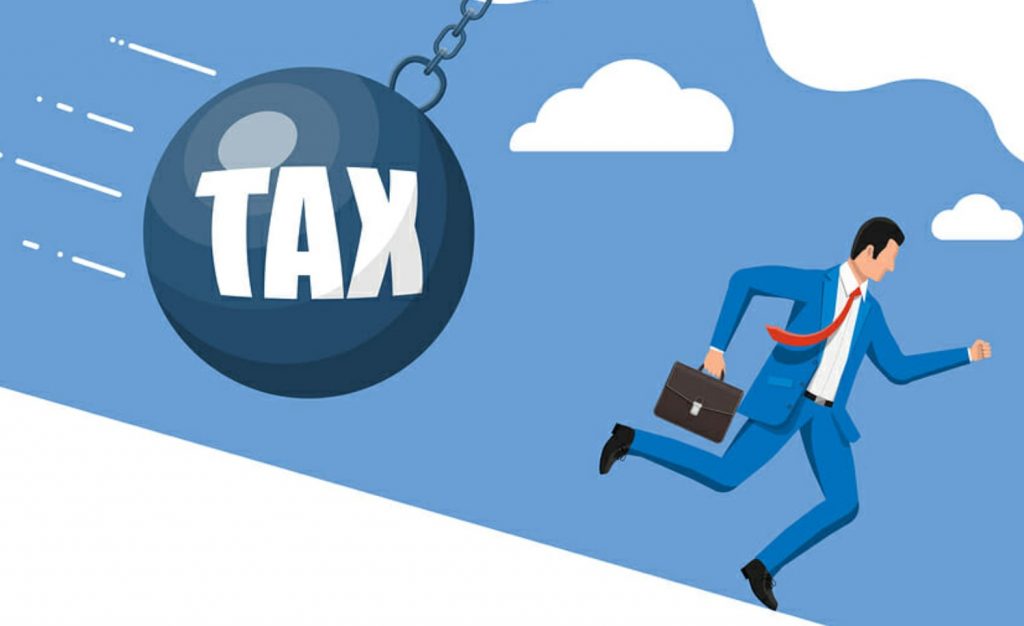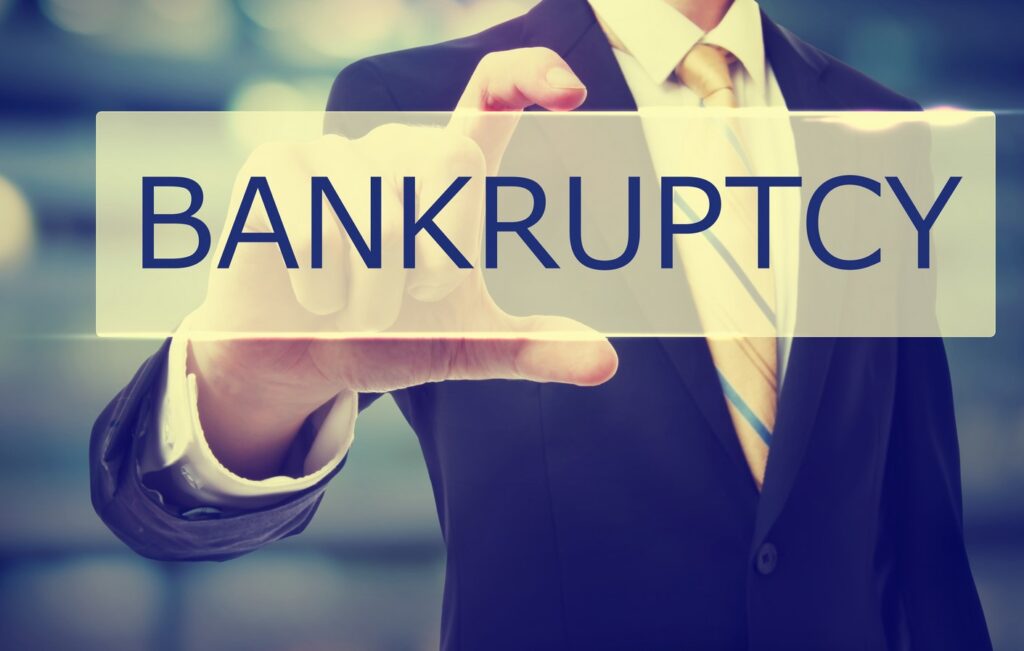
It’s a trivial notion that it’s better not to let your debts overflow. Alas, it’s a commonplace problem now, and though services like Debtstoppers.com can help, something must be done in the process. So, you decided to admit your failure for today and file for bankruptcy. How can you manage your tax debt to minimize its impact?
The General Theory of Bankruptcy
The institute of bankruptcy is meant to zero your debts when you’re admittedly in a hard situation that will not let you pay all your debts properly. Generally it means that your property (except for some exempt assets, depending on your state law) is auctioned to cover as much of your debt as possible. After that, you can start anew, owning as little as can be left according to the law, but free from those unpayable debts.
It is calculated that about 37 million of Americans have gone through bankruptcy, zeroing their debts, not counting corporations. For most of them, it’s rather a second chance than the end of the world; a sort of purgatory rather than hell.
While there is a flexible procedure regulating the order of paying debts, some of them can be completely zeroed while others cannot. Usually tax debts (if there are any) supposed to be ahead of the list and generally unzeroable. But it’s not always the case.

What’s the Tax Debt
One can suppose (and probably be right) that the most popular form of tax debt is just unpaid income tax. And yes, that’s the tax debt that forms the most often. Still, there are other taxes one can fail to return at the verge of bankruptcy, including property tax, trust fund tax, and some others.
These debts are differently treated when it comes to bankruptcy. For example, the income tax debt is among those that can be erased, according to Chapter 7. At the same time, property tax and some other taxes are not subject to it. The final debt depends on your exact situation.

Can One Just File for Bankruptcy and Erase Tax Debts?
The shortest answer is no. Alas for many, unpaid tax debts cannot be just erased when one uses Chapter 7 to file for bankruptcy. Though only “recent” debts are mentioned, hardly is there a chance you had some old debts that went unnoticed by the IRS. But if you are of those “lucky” ones, then okay. The general requirements for the debts to be dischargeable are the following:
- It should have been filed at least three years ago.
- It should have been returned at least two years ago (a logical sequel of the previous)
- The tax assessment should have taken place not earlier than 240 days ago;
- Your tax return should not be fraudulent (contain false income amounts, mention non-existent depending persons, and so on);
- You should not have ever been guilty of tax evasion.
Of course, only a fraction of your tax debt (if it exists) will qualify as dischargeable. On the other hand, there are automatic measures that apply automatically as you file. The first of them is an automatic stay that stops all the letters and calls you inevitably start to receive as soon as your tax debt appears. During this automatic stay, no collectors can bother you, including the omnipotent ones backed by the IRS. It starts the very moment you complete your filing and lasts as long as it takes to review your situation (usually up to 60 days).

What to Do to Minimize Your Tax Debts After Filing
As you launch the procedure, the automatic stay is applied, preventing your creditors from claiming their part of your debt. While the automatic stay, your creditors or collectors cannot contact you, but you can contact them, so you have the initiative of negotiations over your debts. Whether it will be successful depends on some circumstances.
- Accurate tax return filing. If you have been filing your tax return accurately during the last two years, though you haven’t actually paid them, it will work in your favor. Being a decent citizen and a taxpayer (at least in your intention proved by filed returns) is always a pro.
- Managing tax refunds so they can be protected under an exemption. That means choosing the correct time of filing for bankruptcy, so the refunds you get don’t qualify as bankruptcy estate. For example, if you are subject to any tax refund, you better receive it and only after that file for bankruptcy. So the moment you do you don’t own the money you are to receive as a refund, either as a debt or as a real asset.
- Your willingness to cooperate. If you are ready to work out a repayment agreement that appears acceptable for both parties, you can get much better terms for that. In order to get that, you need to provide your financial information (as well as when filing for bankruptcy).The IRS is like any other creditor: if you cannot pay the debts right now, it would rather get its money later than never.
- The property you have (namely the nonexempt assets). It can be sold (and probably it will) to get you out of at least some debts.

All these actions, though, should be taken on the grounds of a firm understanding of what to do. For most of us, filing for bankruptcy is (luckily!) not an everyday procedure. So it’s better to find a trusted law firm or attorney to develop the most profitable strategy. The costs of this service will be much less than the risks you take when not using your rights granted by Chapter 7 and Chapter 13.
If you come to the three-year of five-year plan of paying your debts, your freedom from annoying collection attempts will go on. Take this time to make as much money as you can and to pay as much of your debts – first of all the tax debt.
Share!
We truly hope you never need this information. But in case you do, it’s better you can have it and benefit from it. So share this on Twitter and Facebook; maybe it will be helpful for your friends. If you have some experience (on either side of the process), we will appreciate it if you share it in the comments.
















